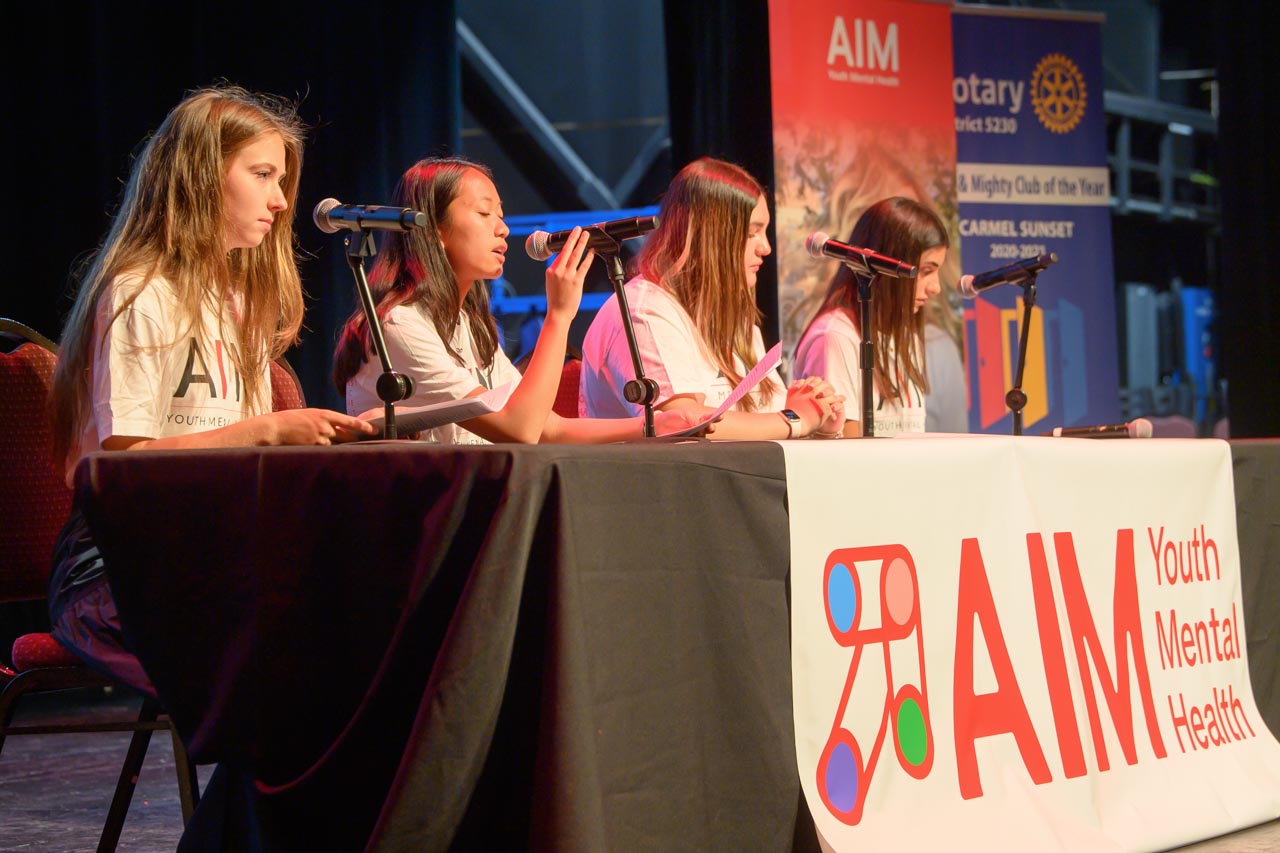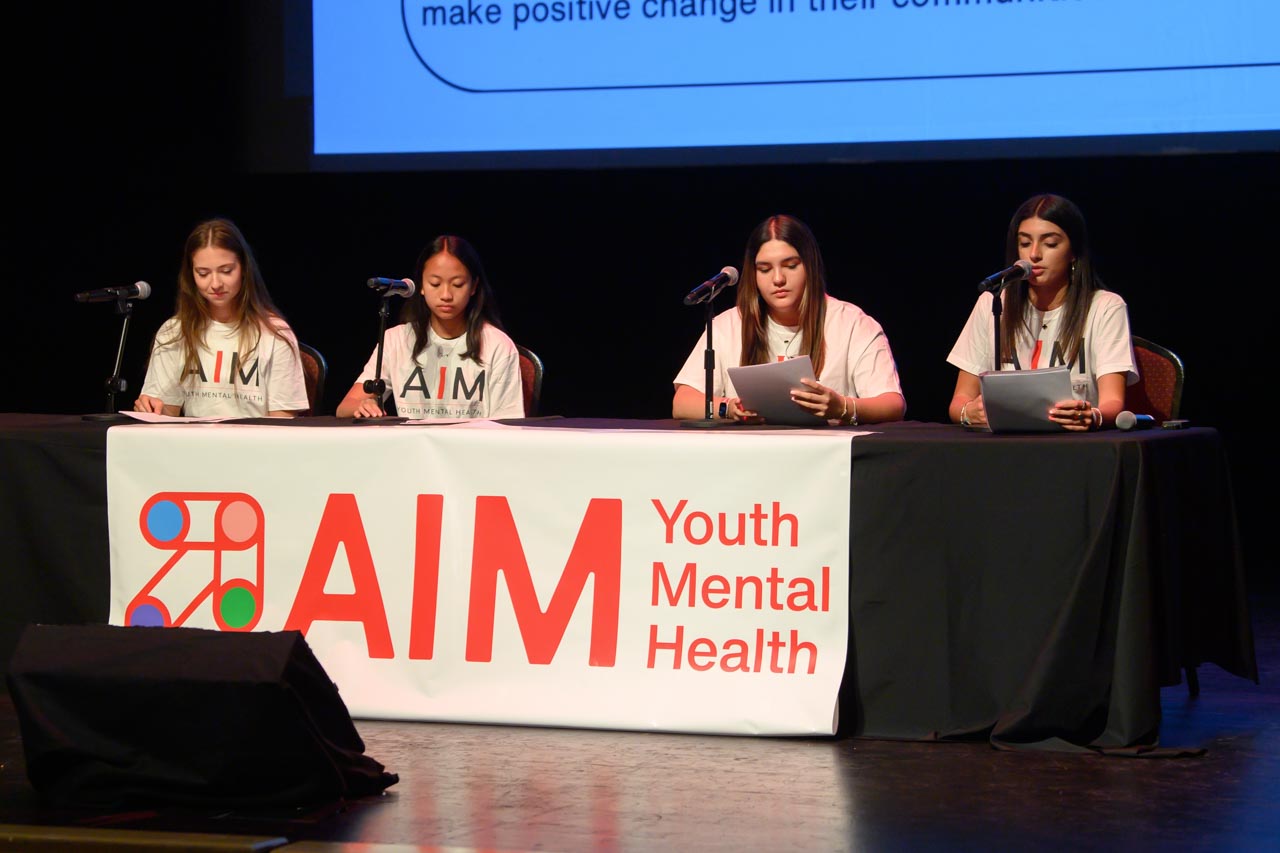A common misconception with bipolar disorder is that children cannot experience it. While often diagnosed in adolescence or adulthood, glimpses into that experience can show up by childhood—experiences that, if identified, can assist to better symptom management and wellbeing throughout the course of their lives.
About 2.9% of children and adolescents will experience cycles of extreme highs and lows in mood and energy levels, more so than other children. Mood changes that affect how they act at school or home, moods that can cause children to feel very “up” then suddenly very “down”. Moods may oscillate between bouts of energetic happiness with periods of intense tiredness or irritability. This can be the experience of a child with bipolar disorder, a mental health condition that can cause unusual shifts in mood, energy, activity, and day to day functioning.
While these experiences may coincide with other common mental health challenges of young people (ADHD, conduct problems, anxiety disorders, etc), early intervention and treatment can lead children and teens experiencing bipolar disorder to lead full and robust lives.
In this Toolkit, we’ll cover how bipolar disorder can show up in our youth and what parents can do to support their children. While this information can be helpful jumping off point, it’s important to seek professional help from a qualified mental health professional who has experience diagnosing and treating bipolar disorder in youth. It starts with proper treatment, support, and understanding.
Bipolar Disorder Is A Spectrum
Bipolar disorder is experienced on a spectrum. Research, like this longitudinal study that followed 115 children and adolescents diagnosed with bipolar disorder over the course of eight years, demonstrates the various presentations of the disorder, which can vary in terms of symptom severity, frequency, and duration of mood episodes.
At one end of the spectrum, some individuals may experience milder forms of bipolar disorder, such as cyclothymic disorder, characterized by chronic fluctuations in mood that are less severe than those seen in bipolar I or II disorders. At the other end, some individuals may experience extreme mood episodes that significantly impair their daily functioning.
Additionally, the spectrum of bipolar disorder can also encompass variations in the pattern of mood episodes, with some individuals experiencing rapid cycling (four or more mood episodes within a year) or mixed episodes (simultaneous symptoms of depression and mania/hypomania).
Overall, the spectrum nature of bipolar disorder highlights the diversity of experiences among individuals with the condition and underscores the importance of personalized treatment approaches tailored to each person’s unique symptoms and needs.
Highs And Lows
In alignment with the spectrum experience, presentation of bipolar disorder in youth can vary widely. That being said, there are some common experiences that youth may encounter including the cycle between manic and depressive episodes.
Children and teens having a manic episode may:
- Have trouble sleeping and/or do not feel tired
- Experience intense happiness or silliness for prolonged time periods
- Seem extremely irritable or have a short temper/fuse
- Experience racing thoughts
- Speak quickly on a myriad of topics
- Have trouble staying focused
- Partake in / show excitement in risky or reckless activities (i.e. substance use, impulsive decisions, spending, etc)
- Have a conflated sense of ability, knowledge, self esteem, or grandiosity
- Feeling of restlessness, engaging in frenetic activity
Children and teens having a depressive episode may:
- Feel frequent and unprovoked sadness, hopelessness, or worthlessness
- Sleep for prolonged periods at a time or feel extreme fatigue or lethargy
- Seem extremely irritable or have a short temper/fuse
- Experience physical pain, such as stomach aches or headaches
- Have difficulty concentrating or initiating and completing tasks
- Have difficulty communicating or maintaining relationships
- Eat too much or too little
- Have low energy and no interest in activities they usually enjoy
- Think about death or have thoughts of suicide
Another common experience is significant stress on families, leading to disruptions in family dynamics, conflicts, and strain on relationships. Family members may struggle to understand and cope with the child’s or adolescent’s mood swings, behaviors, and treatment needs, contributing to family dysfunction and distress.
Taking care of a child with bipolar disorder can be demanding. Between advocating for your child’s needs, ensuring proper accommodations at school, educating yourself on their experience, addressing stigma within your family or community, and staying hopeful about improving your child’s overall wellbeing… it may seem like there isn’t much left over to care for self care. However, that’s exactly why it becomes critical. It’s essential for parents to seek support for themselves and practice self-care to prevent burnout. The first step to taking care of your child is taking care of yourself.
Ways To Support A Child Experiencing Bipolar Disorder
In addition to a parent filling their cup in order to support their child, the next step to supporting your child is identifying a proper treatment plan. Again, as with anything experienced on a spectrum, treatment options can range and may require experimentation.
As outlined by NIMH, sometimes a child’s symptoms may change or disappear and then come back. By keeping an open mind of collaboration and kindness, treatment becomes more effective with healthcare providers, caregivers, and young people working together. Finding the right combination of treatment modalities, medicine, and/or therapy, can help to manage symptoms and improve relationships among families.
In addition to the treatment plan worked out with a mental health professional, parents can continue to support their child’s wellbeing by:
- Educate themselves on what bipolar disorder is, its symptoms, potential causes, and available treatments
- Seek professional support from a qualified mental health professional
- In addition to the child’s treatment plan, looking into therapeutic modalities that allow the whole family to learn coping strategies and improve communication
- Keep a daily life chart or mood chart to track child’s moods, behaviors, and sleep patterns or any method of paying attention to child’s moods and noticing major changes that works best for your family
- Encourage your child to talk and listening carefully to their experience (without judgment)
- Understand your child’s triggers and learn strategies to help your child manage their intense emotions and/or irritability
- Help your child have fun
- Lead by example through parental self care or help your child understand that treatment can make life better
- Join a support group for family members or parents of children with bipolar disorder or connect with others in your community
- Create a safe and understanding home environment through open communication, patience, and flexibility
- Advocate for your child’s educational accommodations and support
- Discuss stigma and encourage open conversations about mental health within your family and greater community
- Maintain your own sense of hope
Remember that treatment takes time and can change over time. Sticking with a plan, being flexible to changes, and maintaining a hopeful presence can help your child get better and stay better.
Resources
Parents of children with bipolar disorder may benefit from accessing a variety of resources to help them navigate the challenges associated with their child’s condition. Here are some resources that can provide information, support, and guidance:
- AIM Youth Mental Health First Aid: AIM offers Youth Mental Health First Aid to empower parents, educators, first-responders, and other caring adults with tools and strategies to create a safe and caring community where children and teens can grow and thrive.
- National Alliance on Mental Illness (NAMI): NAMI offers education, support groups, and resources for individuals and families affected by mental illness, including bipolar disorder. They provide information on understanding the condition, managing symptoms, accessing treatment, and finding support in local communities.
- Depression and Bipolar Support Alliance (DBSA): DBSA offers peer-led support groups, educational resources, and online tools for individuals and families affected by mood disorders, including bipolar disorder. Their website provides information on treatment options, coping strategies, and wellness tips.
- Books: There are several books written specifically for parents of children with bipolar disorder that offer practical advice, coping strategies, and personal stories. A recommended title includes: “The Bipolar Teen: What You Can Do to Help Your Child and Your Family” by David J. Miklowitz and Elizabeth L. George
____________________________________
About the Author
Meadowlark Monaghan (she/hers) is a consultant using her knowledge gained as a mental health professional to act as a liaison between brands, creators, + online communities with the field of psychology and mental health. She also co-hosts the personal development podcast, Thoughts May Vary. Her work has been seen with Madhappy, Local Optimist, The Mayfair Group, Lonely Ghost, AIM Youth Mental Health, NAMI San Diego and more.





